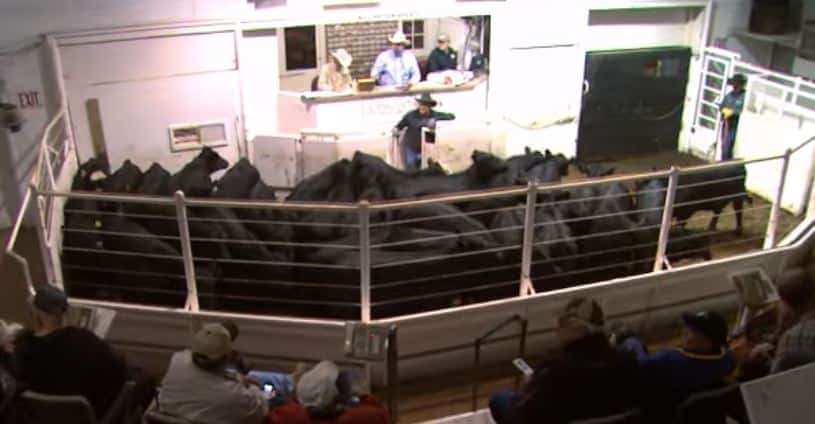By Larry Schnell, Stockmen’s Livestock Exchange, for the Livestock Marketing Association
To say times are tough in cattle country would be an understatement. Livestock Marketing Association (LMA) member livestock auction owners and their producer customers are speaking up with significant concerns about volatility, the futures market, and especially, livestock producers not getting their fair share of the beef dollar. While COVID-19 and the Holcomb, Kan. packing plant fire last August are bringing these issues further to the forefront, they are illustrations of long-standing concerns regarding pricing and competition.
Livestock auction markets are an integral part of the process of price discovery, but our value is totally dependent on the success and profitability of the cow-calf producer, and the cattle feeder.
LMA supports the ongoing efforts by livestock organizations and individuals to bring about a pricing mechanism that would better serve the cattle feeder, and thereby the cattle producer. Our businesses are rooted in achieving competitive prices for cattle producers, and we want to see this occur throughout the beef supply chain.
To help bring that about, LMA is focusing on the investigations of the differential between the wholesale price of beef and the price that cattle feeders are receiving for their cattle. Beyond encouraging these investigations, LMA is conducting independent research and having additional discussions to pinpoint specific areas of concern for the U.S. Department of Agriculture, the Department of Justice, and hopefully, the Commodity Futures Trading Commission. This includes looking at futures market issues in addition to issues with fed cattle pricing.
The cattle industry needs answers regarding what is behind the dramatic spread between live cattle and boxed beef prices, and these investigations are critical in answering these questions. Our goal is long-term solutions that will address problems within finished cattle marketing, and a pricing mechanism that results in profitability for all segments of the industry.
These are uncertain times, and this is a difficult task. But with every challenge also comes opportunity. Consumer attention is on the fundamentals of life – and ready access to high-quality protein is one of them. Congresspeople are hearing from their cattle country constituents, and they want to help.
At LMA, we are dedicated to working with our legislative and industry allies for the betterment of the livestock industry and our consumer customers. If we focus on this, and we are successful, we’ll be setting up cattle producers to enjoy the good times and weather the tough ones for generations to come.
Larry Schnell
LMA Vice President




Yes INVESTIGATION why has my calf prices suffered so dramatically. Who is responsible for this. Who was the ONE’S who said cattle producers are the ones to lose. With Association’s in place, Beef councils in place, no one knows anything. From The cattle markets forward there is a Big Rat.
It’s DISGUSTING the prices from the last five years, Cattle Ranching has helped grow and fortify this COUNTRY since time one. A Grave injustice has fallen on to the backbone of the CATTLE industry in this COUNTRY.
Larry Courtney, it’s been a problem for some time. Maybe the Covid crisis will bring enough attention to the problem to resolve some issues. Although it makes you nervous when the government says “we are here to help you.” One of the largest problems is the disconnect between real pricing and a speculative market. Another issue is measuring the actual market to to each corner of such a vast area. I believe just two primary changes would resolve the problems. First make the speculative contract begin with actual cattle, developed threw USDA. I have 20 calves to sell at Shasta Livestock Market in November. That begins the contract compiled with others of like dates and product. The producer actually hedges or contracts at a price. At the yard the price they’re sold at completes the contract. It allows the producers to contract at a profit and ties a speculator to real markets. The Second is remove live cattle and speculate on boxed beef.